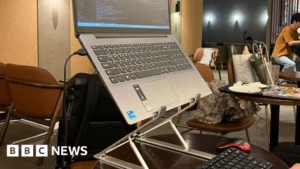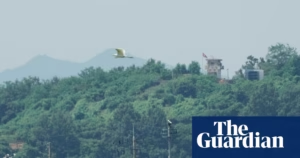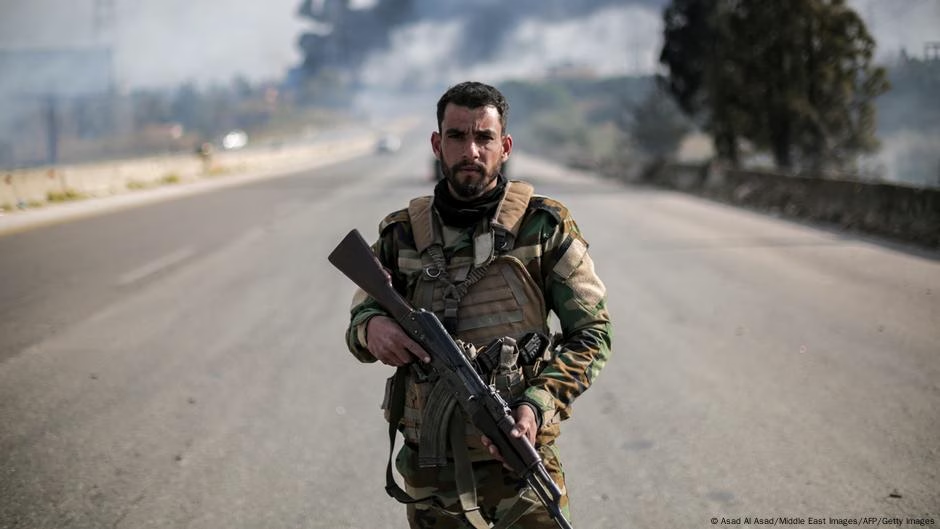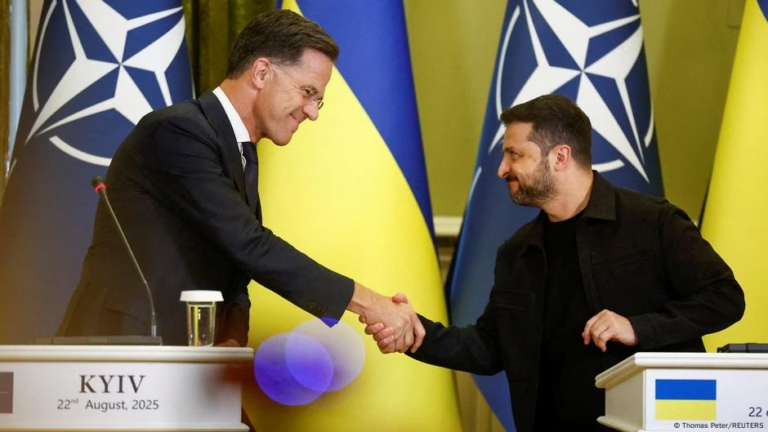“Which village is it?” another user inquired.
“Please, we just want the shooting to stop so we can bury the bodies that are filling up the streets,” stated someone else from Jableh, a town near the coastal city of Latakia, where the violence that led to the deaths of approximately 800 people over the weekend allegedly began.
“I am in Jableh. Everything is fine. There is no shooting,” another man added, causing further confusion.
Following the attacks by supporters of ousted President Bashar Assad on the new Syrian security forces late last week, Syria experienced its most violent episode since Assad’s ousting in early December.
“By Monday, the situation had calmed, marking Syria’s worst wave of disinformation since early December, according to researchers at the Syrian fact-checking organization Verify-Sy,”
“We observed a significant surge,” Zouhir al-Shimale, a researcher and communications manager for Verify-Sy, informed DW. “Coordination among malicious online actors reached its highest level since Syria’s liberation.”
“Over the past week, disinformation was closely linked to real-life coordination on the ground,” al-Shimale stated. “In chat rooms and private direct messages, malicious actors urged Alawites (a minority many of whom reside in the Syrian coast) and other minorities to flee, warning of an impending genocide while encouraging men to take up arms and attack government posts.”
Verify-Sy also noted an increasing use of generative artificial intelligence to manipulate footage and alter voices to produce “highly provocative and graphic content.”
Some of the images and videos of war crimes and killings posted were genuine. However, some were historic, showcasing Assad regime forces committing war crimes, as pointed out by Syrians who recognized them from the first time they’d seen them. Genuine posts mourning murdered locals were genuine; in others, individuals pronounced murdered turned up online later, denying they were dead and, in some instances, stating they were not even in Syria.
Why was it so bad?
The disinformation surrounding Syria is overwhelming for various reasons.
In Syria, social media serves as a crucial information source amid the absence of formal or reliable, independent media, explains Noura Aljizawi, a Syrian activist and senior researcher at the University of Toronto’s Munk School of Global Affairs and Public Policy.
Aljizawi, whose specialty is the intersection of technology and human rights, also points to a “lack of official communication from the interim government, which leaves the community grappling with uncertainty and vulnerability.”
There are also conflicting viewpoints from different Syrian communities. Pro-Assad locals have used disinformation to widen sectarian divisions and urge their community not to reconcile with the new Syrian government. However, many former revolutionaries also want to believe in the new government, leading some to quickly argue that news of crimes committed by the new Syrian security forces must all be “fake.”
The Syrian government has since stated it will set up an independent commission to investigate potential war crimes by any parties.
“The surge in disinformation and hate speech online is both fueling the violence and deepening divisions,” asserts Razan Rashidi, director of UK-based advocacy organization, The Syria Campaign.
“Disinformation has become so bad that the truth is lost and denial of crimes becomes commonplace. People are afraid to speak in solidarity with victims or challenge the interim government for fear of the backlash they will receive on social media. This is deeply worrying and so dangerous at a time when communities should be coming together.”
Foreign interference
Additionally, disinformation is also being used by external actors pursuing their agendas, mostly against the new Syrian government.
Both Aljizawi and Verify-Sy have noticed Iran and Iranian proxy networks in places like Iraq and Lebanon playing a role. The new Syrian government has pushed Iranian forces that supported the Assad regime out of the country.
Russia and Israel have also played a part in disinformation campaigns against the new government, the experts state. And right-wing commentators in the US have used social media to promote Islamophobic opinions, accusing the new Syrian government, headed by individuals with past links to Islamist extremism, of war crimes.
That’s new and dangerous, he notes. “Amplification by high-profile figures and coordinated networks means it shapes public discourse, pressures policymakers, and influences international perceptions of Syria’s transition.”
Sectarian disinformation from Iraq
DW messaged several users on social media who portrayed themselves as non-Syrian and posted information later debunked. Only one, whose profile said they were based in southern Iraq, responded.
The social media user was willing to share information if they could remain anonymous and told DW they were under the guidance of the media operations room run by Iraq’s Popular Mobilization Forces (PMF). Some PMF groups are well-known for closer contacts with Iran and considered part of the same Iran-supported axis as Hezbollah in Lebanon and the Houthis in Yemen.
“They give me the posts, and I publish,” the social media user told DW. “I trust my leadership very much, and they are the ones who verify the news,” the individual explained, adding they’re paid between $20 and $30 for their online posts.
“Most of those who work in this field are unemployed, or disabled as a result of fighting, or women whose husbands died in the war,” the person continued.
The operatives are working for money, but the Iraq-based X user admitted there is also a political aspect to their job. Iraq’s social media operatives are paid differently based on their reach, with some influencers earning over $100 per post.
The user admitted their profile picture was not genuine, and their identity could not be fully verified by DW. However, their answers align with previous investigations into Iraqi social media operatives working for political interests.
Edited by: Davis VanOpdorp







